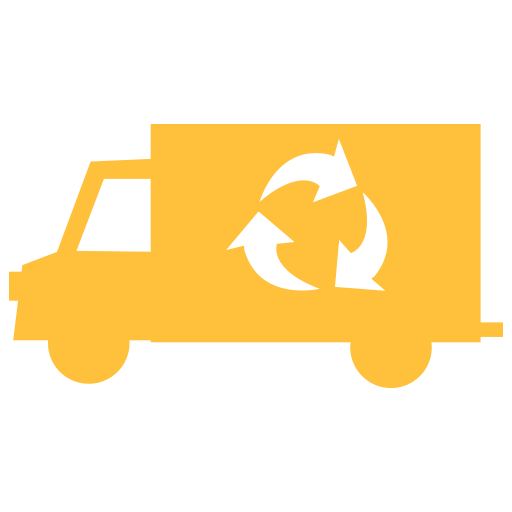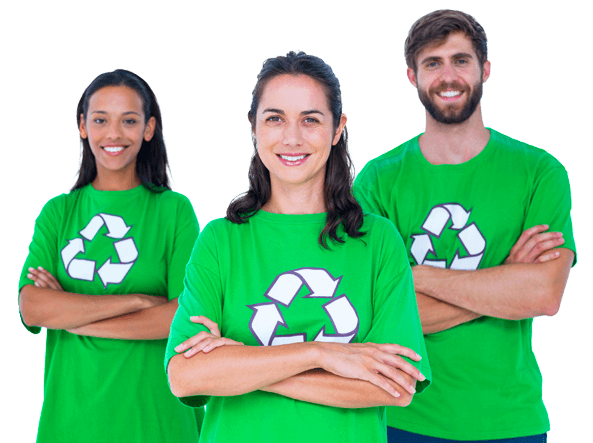Microplastic Pollution: Can We Combat This Global Challenge
Posted on 02/09/2025
Microplastic Pollution: Can We Combat This Global Challenge?
Microplastic pollution has become one of the most pressing environmental issues of the 21st century. As minuscule plastic particles invade our oceans, rivers, atmosphere, and even our bodies, society is confronted with an urgent question: Can we truly combat this global challenge? In this comprehensive article, we will explore the origins, impacts, and potential solutions for plastic microcontaminants worldwide.
What Are Microplastics?
Microplastics refer to plastic fragments less than 5 millimeters in size, often invisible to the naked eye. These tiny particles can originate from the breakdown of larger plastic items or be intentionally produced for industrial or consumer products.
Types of Microplastics
- Primary Microplastics: Intentionally manufactured small plastics, like microbeads in personal care products, industrial abrasives, and pre-production pellets (nurdles).
- Secondary Microplastics: Result from the fragmentation of larger plastics due to sun exposure, mechanical abrasion, and environmental weathering.
Sources of Microplastic Contamination
Plastic micro-pollutants originate from diverse sources, both terrestrial and aquatic. Common sources include:
- Fragmentation of plastic waste (bottles, bags, packaging)
- Wear and tear of synthetic textiles (microfibers released during laundering)
- Tire abrasion on roads
- Microbeads in cosmetics and cleaning agents
- Industrial plastic pellet spills
- Paint flakes and industrial coatings
It's estimated that between 8 and 14 million tons of plastics enter the world's oceans each year, ultimately breaking down into microplastics.

The Global Scale of Microplastic Contamination
Microplastic pollution is a truly global challenge, affecting ecosystems from the highest mountains to the deepest trenches of the ocean.
Microplastics in Water Bodies
Oceans, lakes, and rivers are the prime recipients of these particles. Scientific studies have detected microplastics in:
- Remote Arctic and Antarctic waters
- All five oceans' gyres
- Major freshwater lakes and rivers
- Tap and bottled water worldwide
Marine organisms - from plankton to whales - are ingesting microplastic particles, threatening food webs and biodiversity.
Airborne Microplastics
Recent research shows that airborne microplastics are present in urban, rural, and even mountain environments. They can be inhaled by humans and animals, or deposited back into ecosystems via rain or snow.
Soil and Agricultural Impact
Agricultural soils are increasingly contaminated by microplastic residues, largely due to the application of sewage sludge as fertilizer, plastic mulching, and runoff from urban areas.
Health and Environmental Impacts of Microplastics
Effects on Wildlife
- Many marine species inadvertently ingest microplastic particulates, leading to digestive blockages, reduced feeding, and toxic chemical accumulation.
- Microplastics can transport persistent organic pollutants (POPs) and heavy metals, which bioaccumulate up the food chain.
- They can physically damage small organisms and interfere with reproduction.
Potential Human Health Risks
Researchers have found microplastics in human blood, lungs, and placenta, raising concerns about chronic exposure. While science is still catching up, worries include:
- Physical irritation and inflammation in tissues
- Transfer of hazardous chemicals and endocrine disruptors
- Unknown long-term risks to human health
Ecological and Societal Costs
The environmental cost of microplastic contamination includes damaged fisheries, impaired ecosystem services, decreased biodiversity, and reduced water quality. These impacts translate into economic losses for communities and industries reliant on clean environments.
Current Efforts to Tackle Microplastic Pollution
International Regulations and Policies
Governments and multinational organizations have begun addressing the plastic micro-pollution crisis with several approaches:
- Bans on microbeads in cosmetics and personal care products (e.g., United States, United Kingdom, Canada, European Union)
- National and regional plastic bag bans or fees
- The United Nations' push for a global plastic pollution treaty
- Research funding focused on monitoring and reduction technologies
Corporate Responsibility and Innovation
Some companies are responding to consumer pressure by:
- Developing biodegradable plastics
- Investing in textile innovation to reduce microfiber shedding
- Implementing pellet loss prevention in manufacturing processes
- Supporting ocean cleanup projects and circular economy initiatives
Scientific Research Progress
Scientists worldwide are expanding our understanding of:
- The fate and transport of microplastics in different environments
- The impacts on ecosystem and human health
- Novel detection and quantification technologies
- Remediation strategies (e.g., bio-remediation, advanced filtration)
Challenges in Combating Microplastic Pollution
Detection and Monitoring Difficulties
Due to their tiny size and diverse chemical composition, detecting and quantifying microplastics in the environment remains a complex challenge. There is no universal standard for measurement.
Complexity of Sources and Pathways
Microplastics stem from countless daily activities: driving cars, washing clothes, discarding packaging, and even simply breathing. This complexity makes it incredibly difficult to completely block all pathways of pollution.
Lack of Universal Legislation
Many countries lack comprehensive microplastics regulation. Disparities in environmental enforcement and waste management mean plastic pollution easily crosses borders.
Innovative Solutions on the Horizon
Advanced Filtration and Wastewater Treatment
Upgrading wastewater treatment plants with microplastic-capturing technology can significantly reduce their release into rivers and seas. These include:
- High-efficiency filters
- Membrane bioreactors
- Sand filtration and advanced oxidation processes
Consumer Behavior Change
Every individual has a role in minimizing plastic micro-pollutants. Actionable steps include:
- Choosing natural fiber clothing to limit microfiber shedding
- Washing clothes less frequently and at lower temperatures
- Using microplastic-catching laundry bags or machine filters
- Minimizing single-use plastic consumption
- Participating in community cleanups
Policy Shifts and International Collaboration
Solutions to microplastic pollution demand shared responsibility. International treaties, extended producer responsibility, and improved recycling systems are essential tools for a global fix.
Biotechnology and Eco-Design
Biodegradable materials, improved packaging design, and new ways to break down plastics using bacteria or enzymes are being explored as long-term solutions.
Case Studies: Progress in Microplastic Management
Microbead Ban Successes
The ban on microbeads in many countries has already resulted in a marked decrease in these particles in water samples, demonstrating that policy intervention works.
Innovative Textile Solutions
Companies are developing materials and fabric finishes that reduce microfiber loss, while washing machine manufacturers are introducing built-in microplastic filters.
Community Action & Citizen Science
NGOs and grassroots organizations have empowered citizens to monitor local waterways for microplastic contamination, raising awareness and pressuring governments to act.

What Does the Future Hold?
Investing in Global Cooperation
The scale of the microplastic crisis means no single nation, company, or individual can solve it alone. Global collaboration is key. This includes policy harmonization, data sharing, and coordinated cleanup efforts.
Holistic Approach to Plastic Management
Fundamental shifts are needed in how society views and uses plastics. Moving towards a circular economy--where plastics are designed for reuse, repair, and recycling--will minimize pollution at its source.
Research & Innovation Drive
Investment in research and development of new materials, better recycling technologies, and advanced clean-up methods must be a priority to address plastic microcontaminant pollution long-term.
Conclusion: Combating the Microplastic Challenge Together
Microplastic pollution represents an unprecedented global challenge, jeopardizing ecosystems, food security, and potentially human health.
Although the scale is daunting, progress is being made through regulatory action, scientific innovation, and individual commitment. By combining policy reforms, technological advances, and lifestyle changes, we can stem the tide of microplastic contamination.
The fight against microplastics is far from over, but together, it's a challenge we can--and must--overcome for future generations.

 020 3875 4096
020 3875 4096 020 3875 4096
020 3875 4096




 House clearance
House clearance Rubbish collection
Rubbish collection London Rubbish Clearance is one of the most popular companies for
London Rubbish Clearance is one of the most popular companies for  Our company in London is all you need for professional rubbish collection! London Rubbish Clearance has lots of experience when it...
Our company in London is all you need for professional rubbish collection! London Rubbish Clearance has lots of experience when it...





